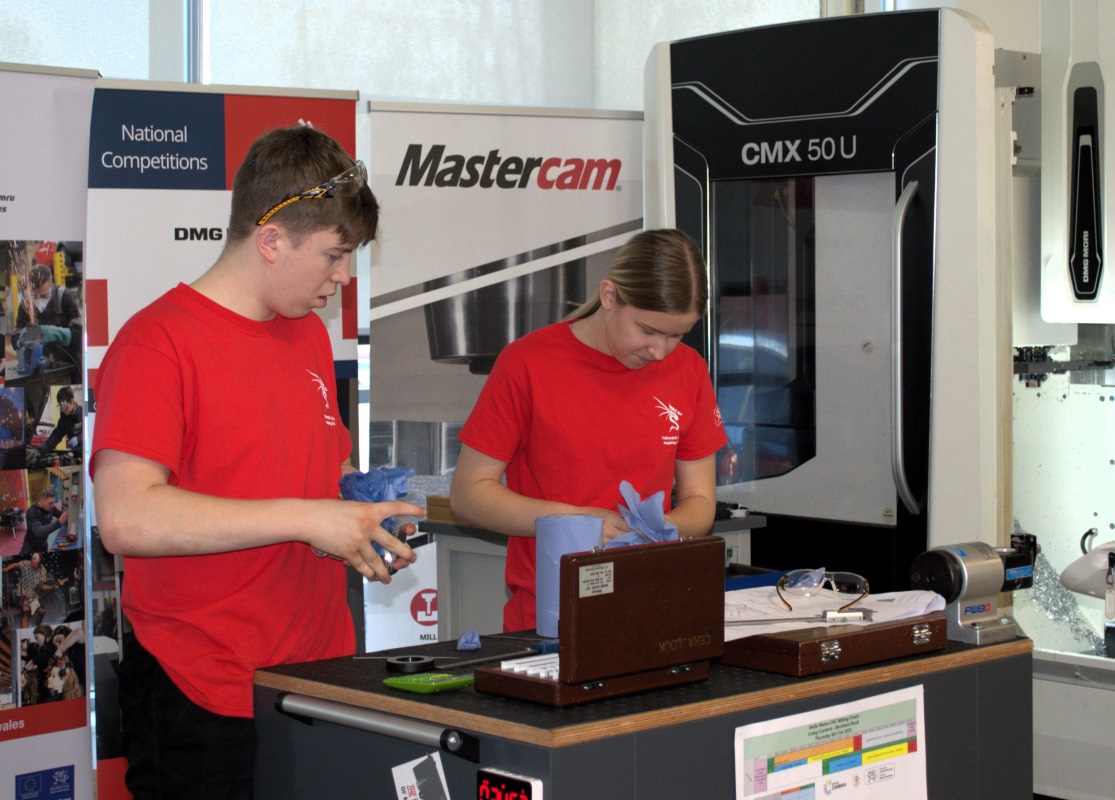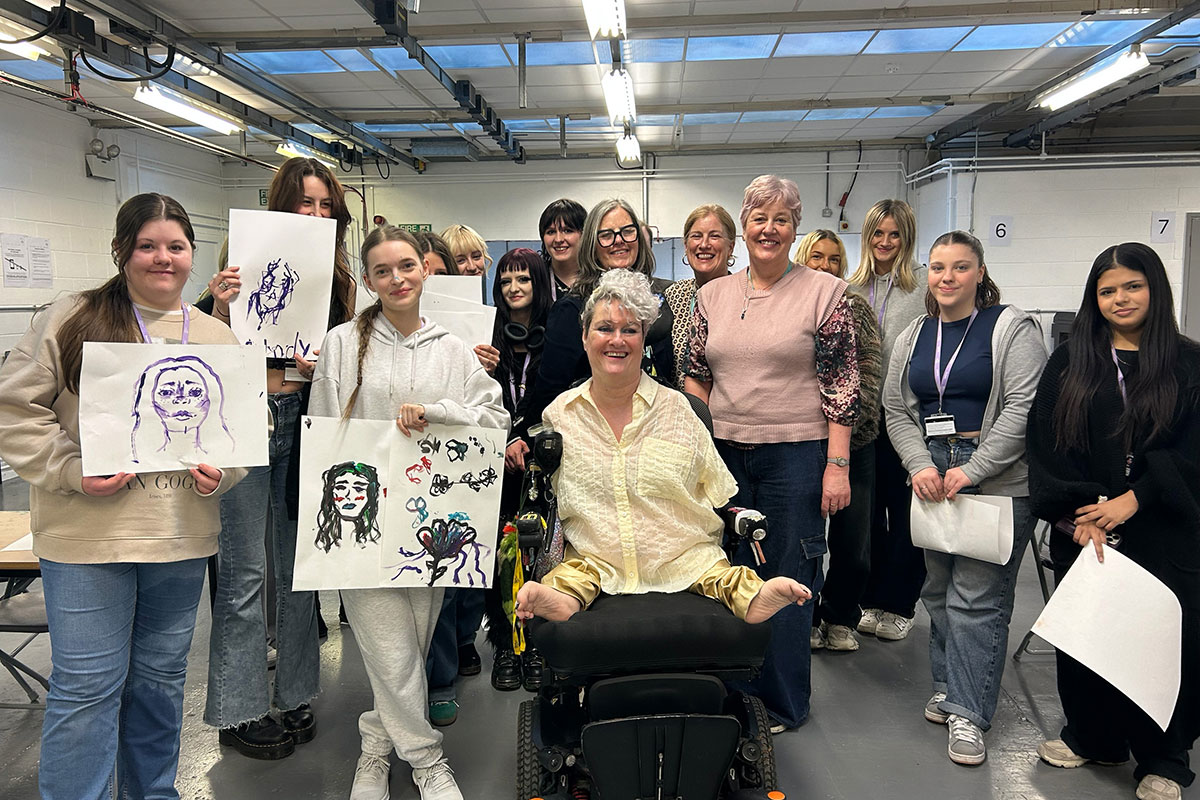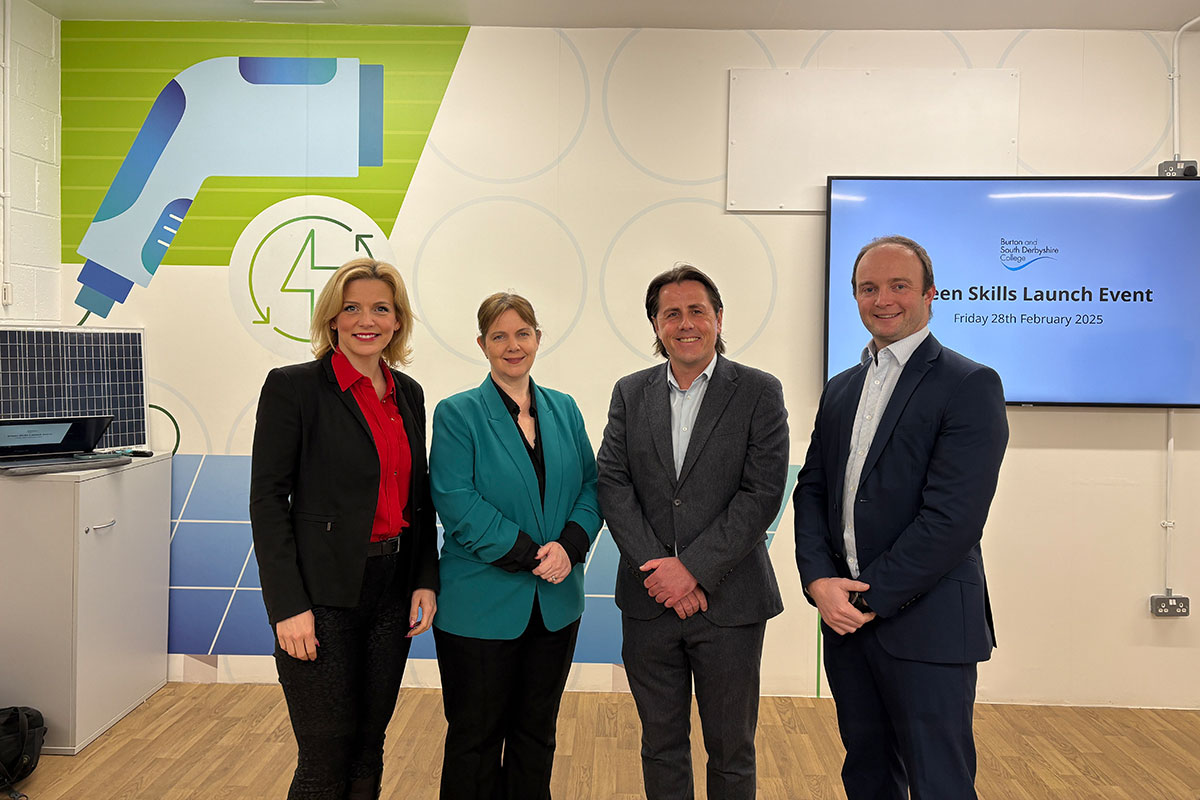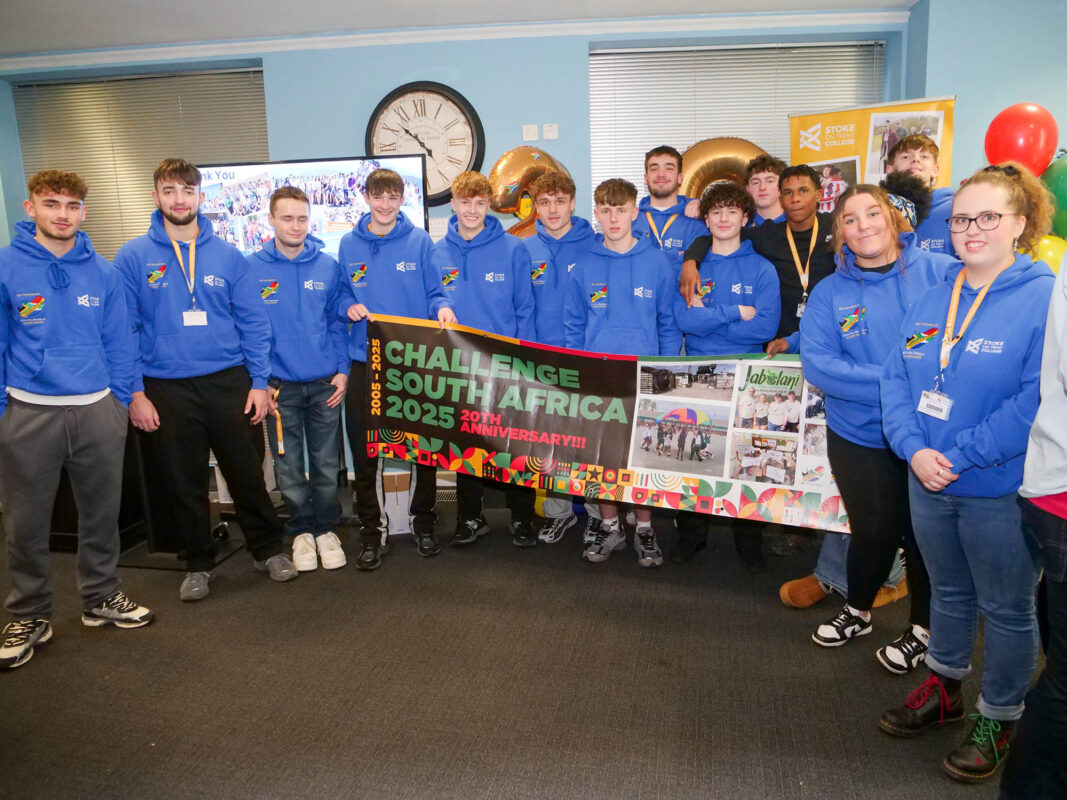Amanda Spielman at the 2021 Schools & Academies Show

The Chief Inspector discussed Ofsted’s work and the impact of COVID on schools at the Schools & Academies Show in Birmingham.
It’s very good to be here! Technology has had its place over the last 20 months, but this certainly beats talking to you through a screen. Being here today is another marker of how far we’ve come, and how we’re slowly but surely regaining a bit of normality.
But I know no one would say that we’re out of the woods just yet. I know this really isn’t ‘business as usual’. Many of you are coping with so much staff and pupil absences. Doing your best for children at home, children in class, not to mention dealing with on-site vaccinations. So, first of all, I want to reassure you that we do get that. We know what you’re up against. I’ll come on to how that’s feeding into inspection a bit later.
All that being said, we are seeing many of you happy to be working a bit more normally. And schools really are doing a great job. It’s been brilliant to see your optimism, your commitment and your enthusiasm this year.
At Ofsted, we’re glad to be working more normally too. As you know, we’re back to routine inspections – including outstanding schools.
And I know this is a big step. But it’s the right step. Because now’s the time to move forward, not back. Given the last 20 months, it’s actually never been more important for us to be in schools, seeing what’s happening for children; having conversations with teachers; building on what we learned through our visits last year. That’s the right thing for parents and it’s the right thing for children.
But the long-term impact of the pandemic is still uncertain. And it’s often said, but true – children have one chance at an education. So, it’s up to all of us – the whole system, including Ofsted – to make sure that it’s the best education possible.
I don’t need to tell you how critical this period of recovery is. You know just how much children have missed. Some have lost out more than others; almost all have been affected. So at a time when everyone is focused on getting back on track, we have been asked to do our inspections a bit more quickly.
Please, rest assured – we aren’t going to be turning up at every school imminently! The acceleration won’t start until September 2022, since we’ve pretty much fixed our inspection schedule for this year. But it does mean that we can reduce the time it takes to get to every school. Some of you have been inspected already this year, and we plan to visit all of you by summer 2025.
This has to be better for children. It gives schools more timely assurance and up to date information for parents, and it’ll help government understand how the recovery effort is going.
And so far, we’re seeing some encouraging signs that children are bouncing back. And many of you are doing excellent work here, making sure you understand where children are and finding the gaps. Taking careful decisions about curriculum – what’s essential for children to know, so they can get back up to speed? What’s less important?
We’ve seen a lot of effort going into re-establishing routines and expectations around behaviour. And it’s great to see the efforts going into making school normal and fun – such as getting those clubs up and running.
You might also know that the Department for Education has asked us to do a piece of work looking at attendance. We’ve looked at the barriers to keeping children in class, and what schools are doing really well here. We’ll be reporting our findings soon.
But all schools seem to be dealing with attendance issues beyond what we’ve seen in previous years. And, as you’d expect, that includes parent anxieties about COVID, and some children who have simply disengaged from education.
But it’s clear that the tried and tested ways of dealing with persistent absence still work. Essentially, those of you doing really well on this have kept on doing what you do best: making sure parents understand your high expectations; not letting up when children don’t attend; listening to the reasons why, and offering solutions. And focusing, as ever, on making learning really worthwhile, so children want to attend. That’s working just as well now as it did before the pandemic.
But, with all the COVID noise in the system, it’s fair to say that it’s more difficult for you to work out what’s going on. While you have been so bogged down with COVID management, it’s been harder to spot persistent absence and to deal with it. I spoke to one head, earlier this week I think, who told me, ‘we used to be teachers!’
And I share your frustration. I hope it won’t be long before you’re able to get back to concentrating on running really great schools, without the distractions of COVID.
Another big – and much-needed – step for education has been the removal of the outstanding exemption.
Some of those schools hadn’t been inspected for close to 15 years. That’s a long time to go without checking that children are getting a good deal. A lot of children have gone through their entire school education in that time. And many parents are left wondering if their child’s school is as good as the label.
The exemption was brought in for good reasons. But 10 years on, it’s left a rather skewed picture. We’ve effectively had a one-way accumulator, gathering more and more outstanding schools. Before the exemption was introduced, about 1 in 10 was rated outstanding, and now it’s about 1 in 5. It just isn’t realistic to expect that every outstanding school has maintained standards over so many years, so I do expect there to be some rebalancing of grades. Outstanding has to mean outstanding. A top grade signals a lot about a school, and it’s right that it should be a high bar.
This rebalancing is already under way. Given how much children have missed already, this is absolutely the right time to bring outstanding schools back into the fold. Looking at the early outcomes, actually quite a lot of schools are keeping their outstanding judgement. Some schools have gone up to outstanding too – which is really good to see. But some previously outstanding schools are coming out lower – which was entirely to be expected. Most of these have only dropped one grade.
But around a fifth of outstanding schools have gone down further, mostly to requires improvement. These schools are showing weakness in their quality of education, in aspects such as curriculum design and subject knowledge. For primaries, weaknesses in phonics and reading are a common feature. They reflect reading curriculums that haven’t moved on in a long time, and children not being taught systematically and well. More broadly, we’re also seeing weakness in behaviour, as well as in leadership and governance.
I understand that parents might be worried. But if your child’s school does have some weaknesses, it’s far better to have problems recognised and addressed, rather than having them left unacknowledged.
And overall, the picture is encouraging. I can reassure you that judgements in the COVID world are not showing a pattern of systematic decline. For schools previously rated good or less, the picture is actually pretty good. Most inadequate schools inspected in the first half of this term have improved – quite a few are now good. That’s quite an achievement. And it’s a similar picture for RI [requires improvement] schools: more than half of those inspected this term are now good.
So, has the shape of inspection changed in the light of COVID? Well, yes and no.
It’s been a torrid 20 months, and it’s absolutely right that we recognise that. We appreciate what schools have been up against. Even while routine inspection was suspended, we’ve been in schools regularly, through the last school year as well as this one. We’ve seen first-hand how tough it’s been, and still is.
One of the benefits of the EIF [education inspection framework] is its flexibility, and we’ve made some changes to meet you where you are. On every inspection, we now always discuss the impact of COVID, so that we can truly understand the issues.
We’ve also amended our deferral policy, and we do respond sensitively when schools are facing particularly acute challenges. But it’s absolutely right that we look at each request individually. Not every school is the same, and we have to make sure – for children’s sake – that inspections are being postponed for the right reasons.
After so long without graded inspection, it’s natural that there’s been a bit of trepidation in some quarters. Though I do know that some of you are more than ready for an inspection, and actually keen to show how much you have improved.
But to reassure you, in its fundamentals, the EIF is still the same. Our focus is still squarely on substance and integrity. Bringing the inspection conversation back to the curriculum – what’s taught and how, not just about exam results. Treating you as experts in your field, not data managers.
And our emphasis in the EIF is on dialogue. I know you appreciate these professional conversations. And many schools we’ve been to recently have responded just as positively as before the pandemic hit, telling us that their inspection was constructive and supportive – just as we want them to be. I’ve talked a lot about the recovery effort today, and this is where the framework really comes into its own. This is inspection that’s right for right now. A strong curriculum focus when you’re thinking hard about what to teach, to get children back where they need to be. Helping you think about your plans, and government and parents understand how recovery is going. That can only be a good thing. It makes the framework perhaps even more relevant than two years ago when it first came in.
And we do still expect schools to have ambitious curricula, with real breadth. But we also know that you’ve had to make some hard choices. And some of you might have a curriculum that’s still in development – so we’ll want to understand how you’re working on it.
And some reassurance for primaries. Our subject expectations here are proportionate. We don’t have impossible expectations of an all singing, all dancing curriculum, or expect you to have a department lead, like a secondary school! But, it is right that all schools – whatever their size – do think carefully about what they teach – and that’s what inspectors want to explore.
I also wanted to talk about our sexual abuse review, which we published this summer – I’m sure you have seen it. The findings were shocking. The sheer number of children and young people – especially girls – who said that they put up with harassment and abuse day in, day out, is startling. This is entirely unacceptable behaviour, normalised to the point where children often don’t think it’s worth reporting. Schools we visited were often underestimating the scale of the problem – either they didn’t see it as a big issue, or sometimes were simply unaware it was happening.
No one wants that for our young people, and our review rightly caused people to sit up and take notice. We’ve asked schools to accept that harassment and abuse are endemic – and to assume that they’re almost certainly happening beneath the surface, even if they aren’t immediately obvious. The reaction from the education sector has been very positive: I know you take this issue seriously.
And it really is tough as a teenager. I’m sure all of us remember – the hormones, the peer pressure. It’s always been this way. But now teens have smartphones. The internet. Easy access to pornography. Layers of complexity that make it so hard for young people to navigate growing up, and to make the right choices.
It’s a cultural issue – about attitudes and behaviours becoming normalised. And as I’ve said many times before, schools can’t solve that by themselves. There’s a clear role here for government. And, of course, parents are vital too.
Children do need to be taught the right thing to do, and have that teaching reinforced over time. Schools have an important role. Building the right culture. Providing a well-sequenced RSHE curriculum that makes time for open discussion of the aspects that children are finding particularly difficult. So, while schools can’t solve all society’s problems, good schools, doing what they do really well, can make a difference.
The review recommended a whole-school approach that includes a strong RSHE curriculum, based on the statutory guidance; making sure that RSHE teachers are committed and well-trained; and better working between local safeguarding partners.
As you’d expect, our findings are feeding proportionately into inspection. Again, this is about culture, as much as about safeguarding – important as that is. We always hope to see a culture where sexual harassment and abuse aren’t tolerated, where issues are spotted and intervention happens earlier.
Another piece of work we published during COVID was on MATs, and the role they played during the pandemic. If you haven’t seen it, we reported that many trusts have been able to support schools effectively through COVID. The structure and central guidance they provide was clearly helpful for many schools in a time of crisis.
But our research also reminded us about how much decision-making in the system has shifted over the last 15 years – and that, as I’ve said before, current accountability doesn’t entirely fit with the way schools and MATs operate.
At the moment, our view is limited, because inspections only happen at school level, while schools in MATs operate as part of a bigger entity. Crucial decisions can be happening at different levels within MATs.
Inspection needs to keep pace. If it doesn’t, we risk having artificial conversations with the people who aren’t actually making the decisions. So it’s about speaking to the right people at the right levels, and looking at the system as it’s working today, not as it ran decades ago.
For schools in MATs, part of their resilience comes from what happens at trust level. And equally, no structure is perfect, and things can and do go wrong. So, it’s important that we have the right tools and levers to spot when that’s happening.
That’s why I’m pleased to be restarting MAT summary evaluations, which have been on hold because of COVID. The programme will give us a more extensive view than we’ve had before.
So, I have spoken a lot today about the challenges of COVID. There’s no denying these are still with us and may be for some time to come. But everything I’ve seen suggests that you are more than rising to them. Over the last 20 months you have shown how resilient and adaptable you are. Children really are in the best hands.
And for our part, we’ll carry on supporting recovery, through constructive conversations in our inspections, reporting what’s working well and through our research. We want to help the sector improve and in turn, help children get where they need to be.
Thank you.
Published 18 November 2021











Responses